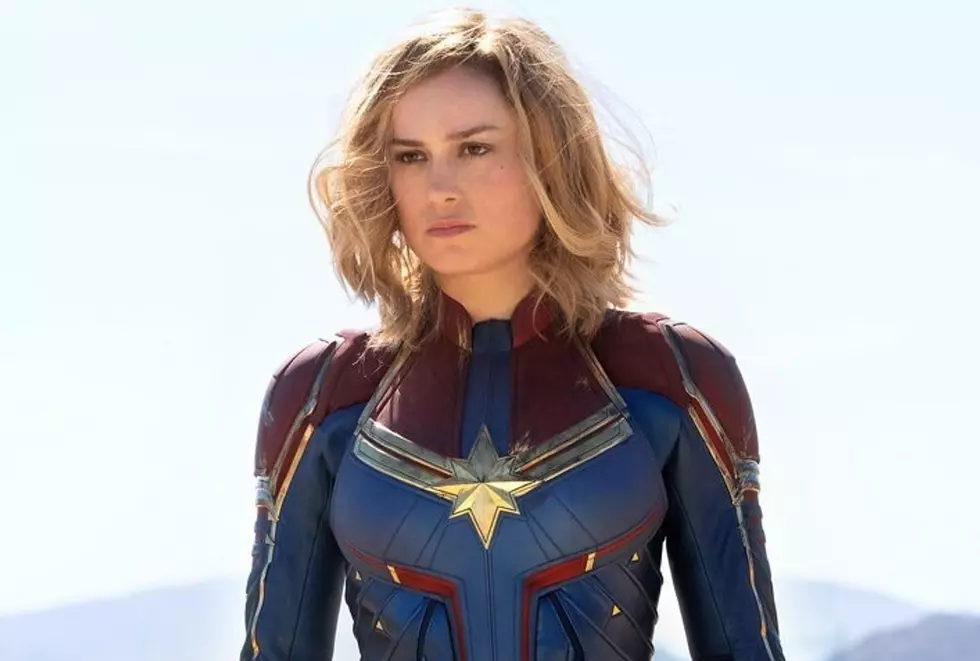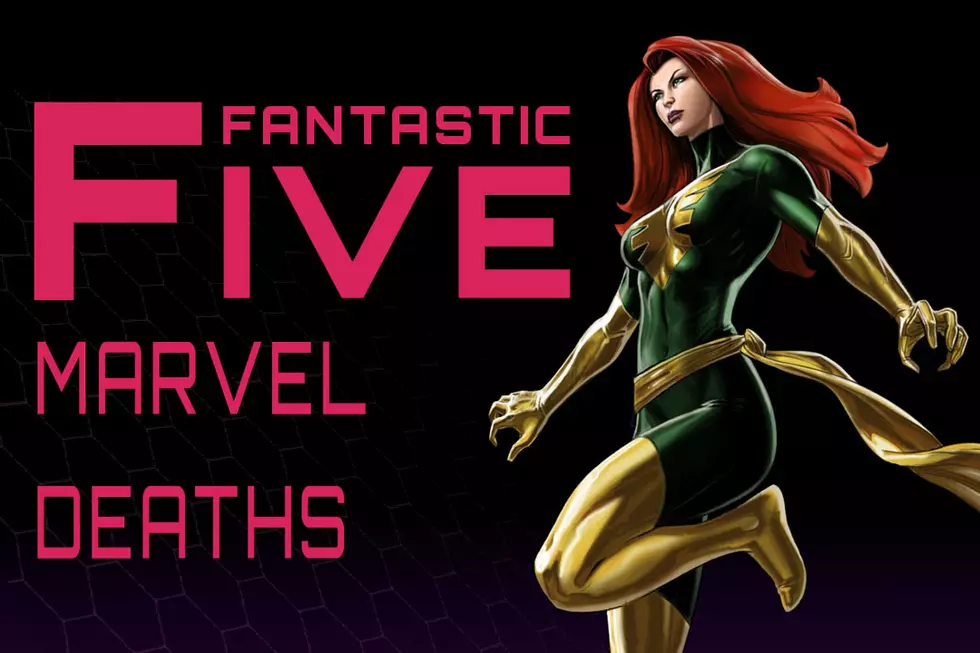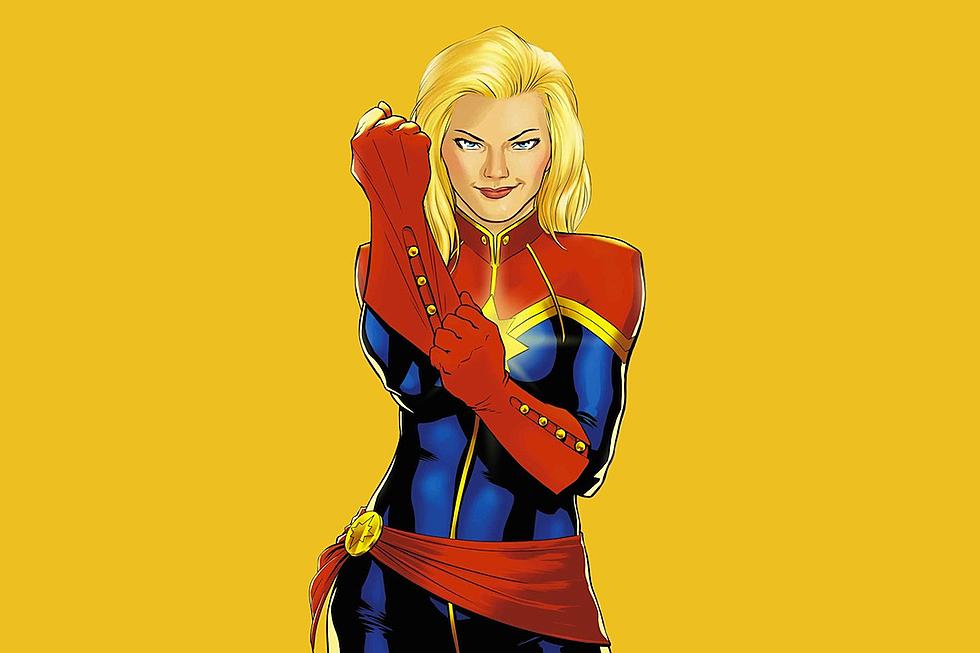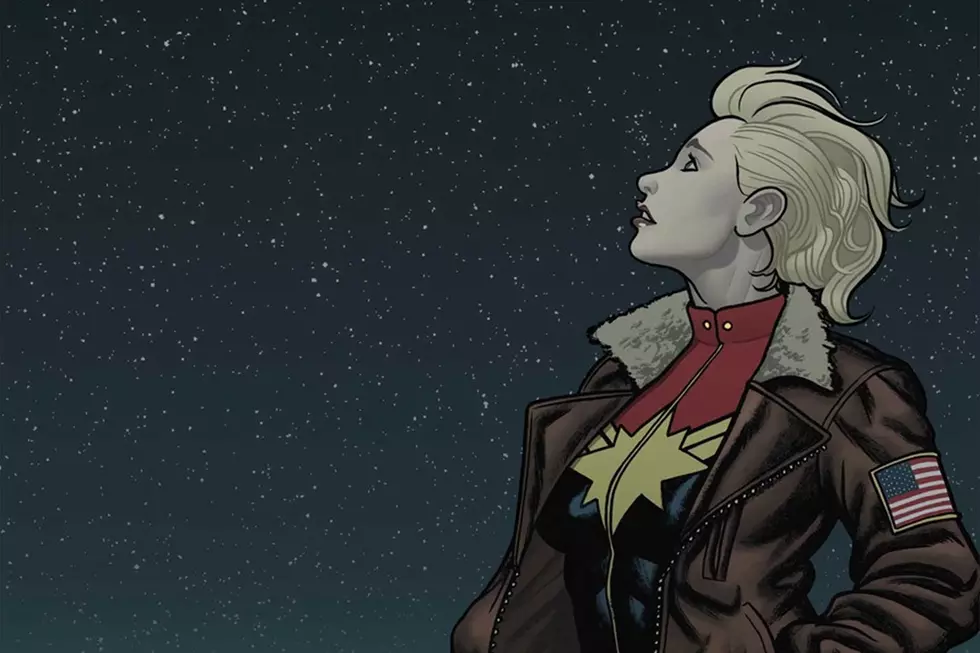
Master Comics’ Comics Master: A Tribute to Mac Raboy
When readers imagine the art style of Fawcett Comics' hugely successful line of Marvel Family titles --- Captain Marvel, Mary Marvel, and so on --- there is a good chance the image in their head is rendered by the line's flagship artist, CC Beck, whose friendly, clean-line style defines the look of the Marvels even today. But when Fawcett launched their first spin-off feature to Captain Marvel, the appropriately named Captain Marvel Jr in the pages of Master Comics, the company went with an artist with an almost diametrically opposite --- but equally virtuosic --- style: Mac Raboy.
Emmanuel "Mac" Raboy was born April 17, 1914, in New York City. He got his start as a professional artist during the Great Depression, working for the Works Progress Administration and Federal Arts Project. He had attended art classes as a young man where he learned such skills including wood engraving, which he would use to depict American life in the 1930s in a series of engravings for the WPA that were so popular, many of them were displayed at the 1939 World's Fair.
Raboy would then work briefly at Disney before finding himself working for Harry "A" Chesler, an art studio that created pre-produced comics that they then sold to publishers. While at Chesler, Raboy worked on such features as the Green Lama (which ran in Prize Comics), Ibis the Invincible, and Dr Voodoo (which ran in Fawcett's Whiz Comics).
As Raboy worked on Dr Voodoo, his trademark style would begin to emerge, and would be refined as he became first the cover artist for Fawcett's Master Comics and then the regular artist on that book's Bulletman feature. When writer Ed Herron suggested to Fawcett that in order to cash in on the then-timely craze for kid sidekicks they should launch a young version of Captain Marvel who was not a sidekick, but rather a hero in his own right, he proposed the book should be drawn by Mac Raboy, who he felt could give the feature a more illustrative look.
While the Captain Marvel feature in Whiz Comics and Captain Marvel Adventures was renowned for the clean, simplified style of CC Beck, Raboy's style was greatly influenced by artist Alex Raymond, the creator of Flash Gordon, which showed in Raboy's use of photorealism, feathered inks, and carefully spotted blacks. Raboy's work on Captain Marvel Jr manages to strike a perfect balance between the drama and dynamism necessary for the superhero genre and a realistic looking, though idealized, vision of a teenage boy who punches Nazis all the time (whose overall look and design famously inspired the caped jumpsuits worn by latter era Elvis Presley).
Following Captain Marvel Jr's opening three-part story arc, which featured an unprecedented crossover between Master Comics and Whiz Comics and told the story of young Freddy Freeman being attacked by the evil Captain Nazi and subsequently saved by Captain Marvel and the wizard Shazam, Cap Jr became the lead feature of Master Comics, featuring Raboy's anatomically perfect humans in dynamic action poses on top of lovingly rendered landscape backgrounds. The book's sale numbers soared, and before long, Junior received his own star turn in a title of his own.
As sales on Master and Captain Marvel Jr increased, so did the demand for Raboy's work. Raboy found himself drawing not only Captain Marvel Jr stories, but also covers for Master Comics, America's Greatest Comics, Bulletman, Captain Midnight, Spy Smasher, and Xmas Comics. As a result of this increased workload, Fawcett assigned Raboy an assistant in the form of Rubin Zubofsky, later known as Bob Rogers, who would draw backgrounds for Raboy. Despite this extra pair of hands, deadlines still ran tight, and so Raboy ended up pioneering the process of using photostat technology to reuse previously drawn artwork, a process still commonly used today.
Raboy would leave Fawcett in 1944 and moved to Spark Publications, where he would return to the character of the Green Lama, covers and stories which feature some of his finest illustration work. In 1948, however, Raboy moved up to what was at the time considered the big leagues for comics artists: a syndicated newspaper strip. And what's more, he did so on the most famous title created by his idol Alex Raymond, Flash Gordon. Raboy would draw the Sunday page for the Flash Gordon strip for almost twenty years, until his death in 1967.
While Raboy was known as a perfectionist who bore great distaste for his own work and only saw his work in the medium of comics as a means to an end, nevertheless this consummate craftsman created some of the finest looking pages and covers of the Golden Age of comics.
More From ComicsAlliance





![Soar Around The Globe With ‘The Mighty Captain Marvel’ #1 [Preview]](http://townsquare.media/site/622/files/2016/12/The_Mighty_Captain_Marvel_1_Featured.jpg?w=980&q=75)



